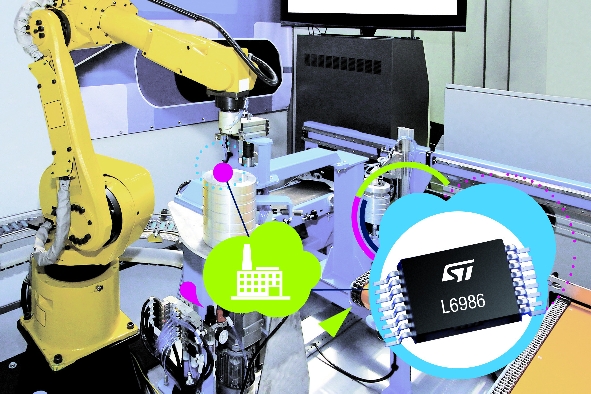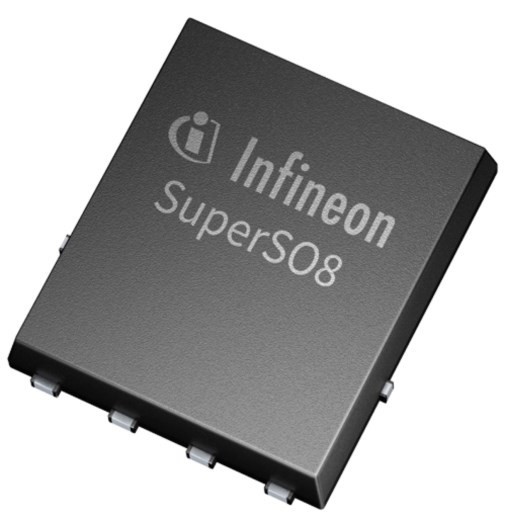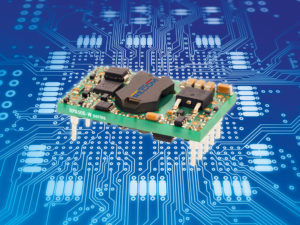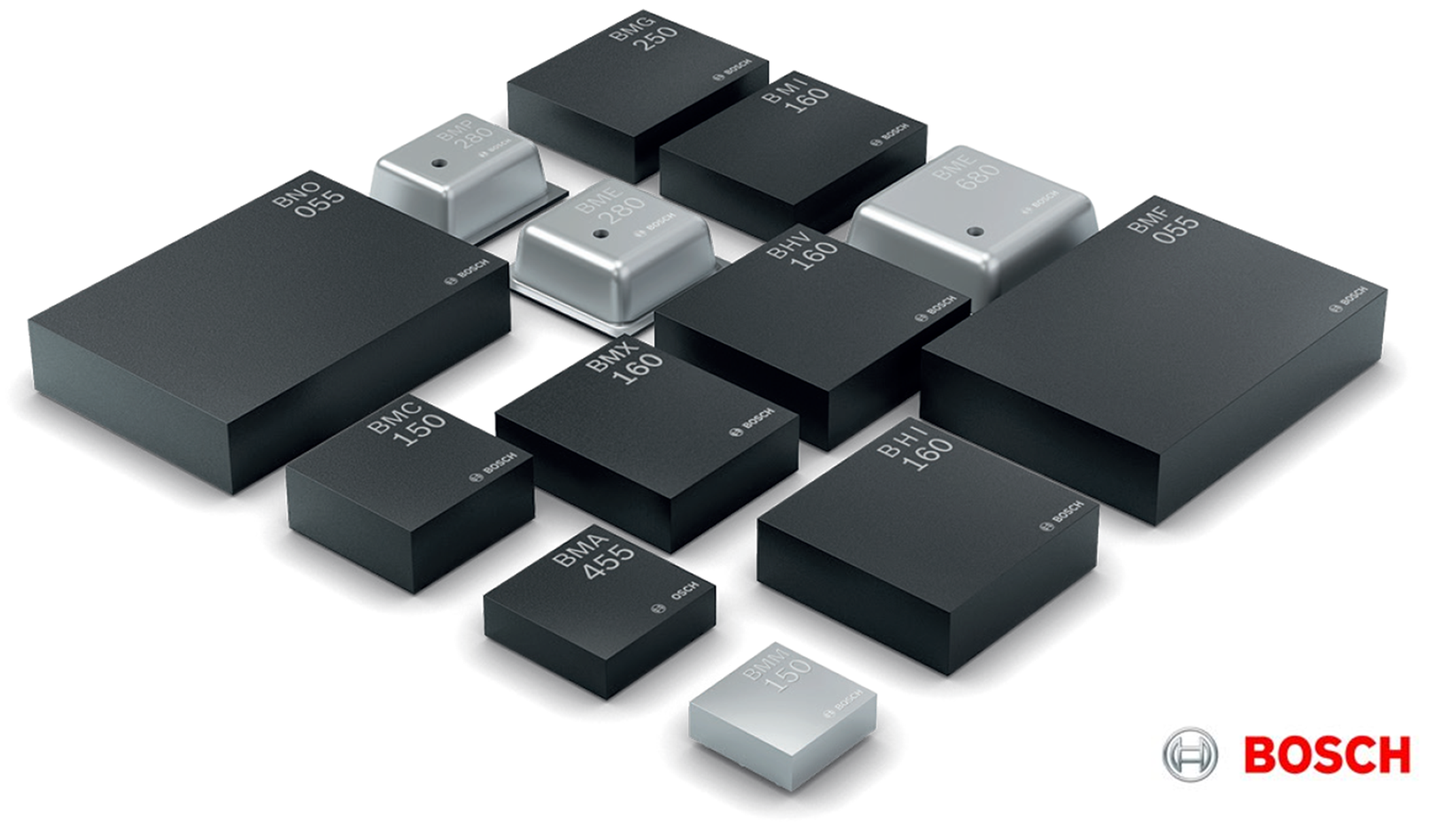Interface ICs
Line drivers and receivers are commonly used to exchange data between two or more points (nodes) on a network.
RS-232 is the most common serial interface RS-232 only allows for one transmitter and one receiver on each line. RS-232 also uses a Full-Duplex transmission method.
When communicating at high data rates, or over long distances in real world environments, single-ended methods are often inadequate.
RS-422 (EIA RS-422-A Standard) is a serial connection. It provides a mechanism for transmitting data up to 10 Mbits/second. RS-422 sends each signal using 2 wires to increase the maximum baud rate and cable length.
RS-485 is a derivative of RS-422, allowing up to 32 devices to communicate through the same data line. Any of the slave devices on an RS-485 bus can communicate with any other 32 slave devices without going through a master device.Since RS-422 is a subset of RS-485, all RS-422 devices may be controlled by RS-485.
CAN Transceivers (Control Area Network)
CAN was first introduced by Robert Bosch GmbH to address the growing complexity of vehicle functions and networks.
The CANserial bus with multi-master capabilities was originally developed for use in automobiles with data rates up to 1Mbps as defined by the ISO 11898 International Standard. Because of its ability to function in harsh automotive environment, CAN has found its way into different applications within vehicles.
LIN Transceivers (Local Interconnect Network)
By allowing a basic serial network connection between actuators, sensors or switches the LIN bus has tremendously reduced the design efforts and costs for the car manufacturers. So it is used in a fast growing number of applications, mainly for low speed networking (up to 20kBaud) in Body and Interior applications.
Typical LIN applications: units for doors, steering wheel, seats and mirrors, and motors and sensors in climate control, lighting, rain sensors, smart wipers, intelligent alternators and switch panels. With LIN, automotive subsystem designers can connect modules for these applications to the car’s network and then have them accessible for a variety of diagnostics and services.
LIN versus CAN:
Compared to CAN, LIN offers the advantage of lower cost per node when the bandwidth and performance of CAN is not needed.







